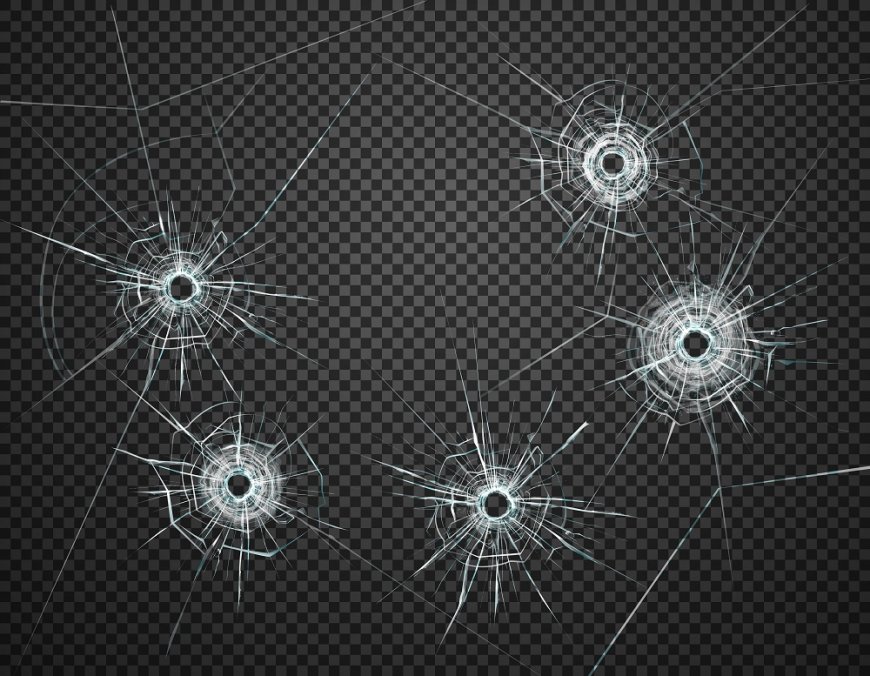How Strong Is Bulletproof Glass?
Let's explore how this specialized glass is made, how it works, and what levels of protection it can truly offer.

Bulletproof glass is a remarkable invention that has transformed the way we protect people, property, and critical infrastructure. But how strong is it really? While the term "bulletproof" is commonly used, it's more accurate to describe this material as bullet resistantable to stop or slow down bullets, but not entirely impervious to all firepower. Let's explore how this specialized glass is made, how it works, and what levels of protection it can truly offer.
What Is Bulletproof Glass?
Bulletproof glass is a type of transparent material designed to resist penetration by projectiles, especially bullets. It isnt made from glass alone; instead, its typically composed of multiple layers of glass and plastic (often polycarbonate) that work together to absorb and dissipate the energy of a bullet.
The concept is simple: when a bullet strikes the surface, the hard outer layer of glass slows it down, while the inner layers of plastic absorb the remaining energy and prevent the bullet from breaking through. This layered structure not only offers strength but also maintains visibility and transparency, which is essential in commercial, military, and civilian applications.
How Is Bulletproof Glass Made?
The strength of bulletproof glass comes from a process known as lamination. Several sheets of ordinary glass are layered with interlayers of polycarbonate or other tough plastics. These layers are bonded together under heat and pressure in a process that ensures the final product acts as a single, solid pane.
Some bullet-resistant glass may include chemical strengthening or tempering to further enhance its durability. Depending on the desired level of protection, the thickness of the glass can range from a mere inch for low-caliber resistance to over 3 inches for high-powered rifles.
For environments requiring the highest level of protection, bullet resistant glass manufacturers often custom-build glass solutions that meet rigorous military and government standards.
Levels of Bullet Resistance
Not all bulletproof glass offers the same level of protection. In fact, bullet-resistant glass is categorized into different levels, usually defined by standards from organizations like the Underwriters Laboratories (UL) in the U.S.
Heres a general breakdown:
Level 1: Can resist small-caliber handguns like a 9mm
Level 3: Protects against more powerful handguns such as a .44 Magnum
Level 6: Can withstand high-velocity rounds from automatic weapons
Level 8: Designed to stop multiple hits from 7.62mm rifles (used in military rifles like the AK-47)
Its important to note that no glass is truly "bulletproof" against everything. Even the strongest bullet-resistant glass has a limit. Repeated strikes or high-caliber, armor-piercing rounds can eventually penetrate or severely damage it.
Is It Worth It? Strength vs. Cost
While bulletproof glass offers invaluable protection, it's also a significant investment. The cost varies widely depending on thickness, level of protection, and size. A basic window with handgun resistance may cost a few hundred dollars, while large, high-grade panels capable of stopping rifle fire can cost thousands.
However, in environments where human life or sensitive assets are at risk, the investment often pays for itself in peace of mind and real-world protection.









































